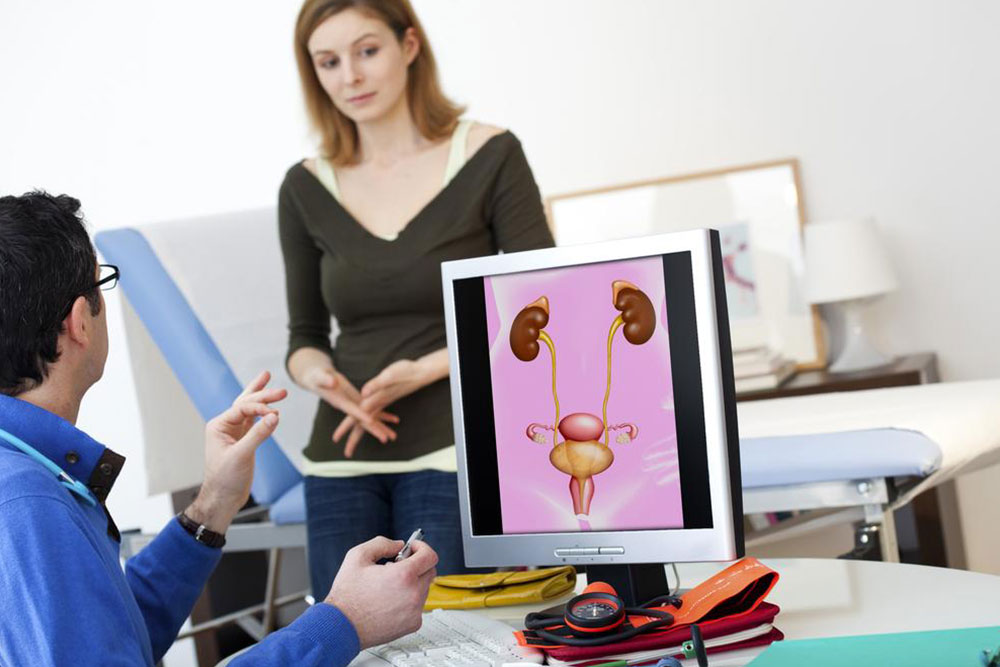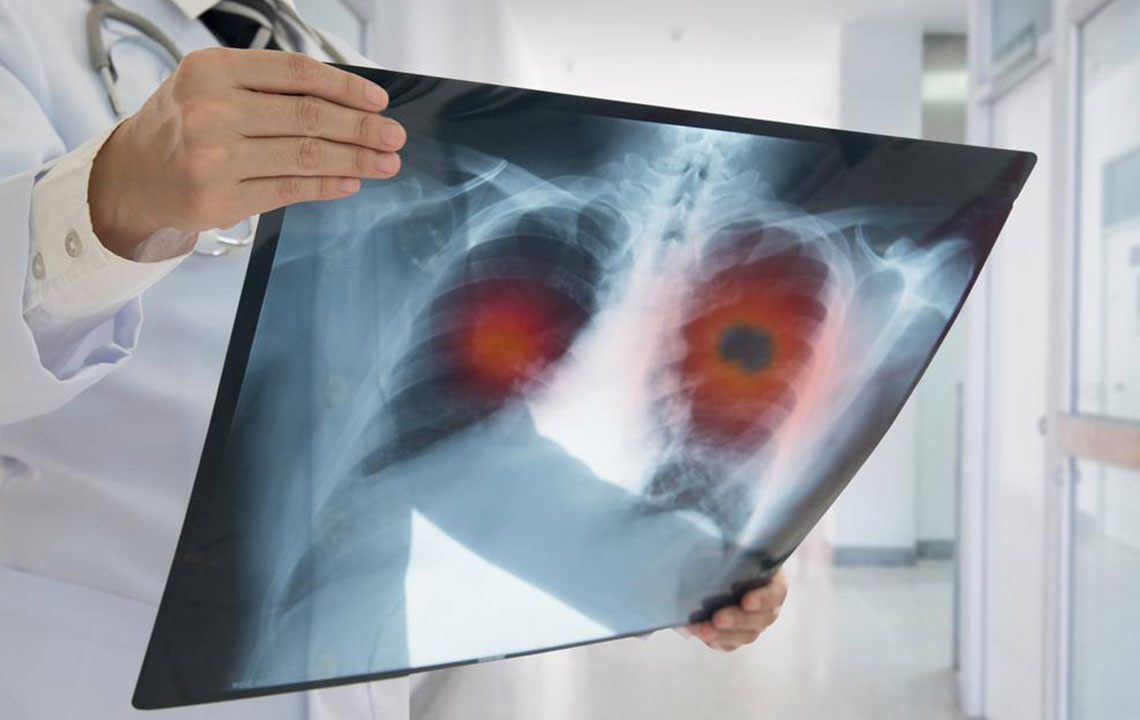Understanding Stage III Lung Cancer: Symptoms and Treatment Approaches
This article offers a thorough overview of Stage III lung cancer, highlighting key symptoms, diagnostic procedures, and a range of treatment options including surgery, chemotherapy, radiation, immunotherapy, and targeted therapies. It discusses survival rates and emphasizes the importance of early diagnosis and personalized treatment planning to improve patient outcomes. The piece underscores advancements in medical science that are enhancing management and prognosis for advanced lung cancer cases.

Understanding Stage III Lung Cancer: Symptoms and Treatment Approaches
Accurate detection of lung cancer remains challenging because its early symptoms often mimic other illnesses. Common signs like cough, backache, and weight loss are often overlooked, which can delay diagnosis until the disease advances. As tumors enlarge, symptoms become more persistent and noticeable. If someone experiences ongoing symptoms such as a chronic cough, chest discomfort, or unexplained weight loss that do not respond to treatment, seeking medical advice promptly is crucial.
Persistent or blood-tinged cough
Wheezing or breathlessness
Chest and back pain
Breathing and swallowing difficulties
Fatigue, loss of appetite, and weight loss
Noisy breathing
Feeling exhausted, nausea, and fever
Blood in saliva or mucus
Headaches
Diagnosis Methods
To confirm lung cancer, physicians utilize various diagnostic tools tailored to each case. These include:
Imaging Techniques: CT scans, PET scans, and bone scans help identify tumor location, size, and spread.
Biopsy Procedures: When imaging is inconclusive, minimally invasive tissue sampling is performed for microscopic examination, confirming malignancy.
The results guide the staging process. A multidisciplinary team then develops a personalized treatment plan considering tumor size, patient age, and overall health condition.
Treatment Strategies for Stage III Lung Cancer
No universal treatment fits all Stage III cases. A comprehensive approach involves detailed patient consultation. Medical teams—including pulmonologists, oncologists, thoracic surgeons, and support staff—formulate a tailored plan. Typically, treatments involve chemotherapy, radiation, surgery, or a combination. Recent advances introduce options like targeted therapies, immunotherapy, and clinical trials to enhance outcomes.
Surgical Intervention: Used mainly in Stage IIIA, surgery aims to remove tumors, often followed by chemotherapy to prevent recurrence. Stage IIIB often precludes surgery due to tumor extent, with treatments focusing on shrinking tumors via chemotherapy prior to surgery.
Chemotherapy: Administered alone or with other therapies, chemotherapy targets cancer cells to reduce tumor size and control spread based on individual health and tumor characteristics.
Radiation Therapy: When surgery isn’t feasible, radiation combined with chemotherapy effectively destroys cancer tissues, especially those blocking airways.
Immunotherapy: This approach boosts the immune system with medications like Durvalumab and Necitumumab, helping fight advanced cancer. It’s applicable after chemotherapy and radiation, including some Stage III cases.
Targeted Therapy: Drugs designed to attack specific genetic mutations in cancer cells. Though promising, many targeted options are still in trial phases or limited to specific tumor types.
Prognosis and Survival
The average survival for Stage III lung cancer is approximately 15 months. About 14% of Stage IIIA patients survive beyond five years, whereas only around 5% of Stage IIIB cases reach this milestone. With ongoing research, targeted treatments, and increased participation in clinical trials, survival prospects are expected to improve significantly over time.
Note:
Our articles aim to provide comprehensive insights across various health topics. While our research offers valuable information, it should not replace professional medical advice. We disclaim responsibility for discrepancies or updates in treatment options. Always consult qualified healthcare providers for personalized diagnosis and treatment plans. The site may also not cover all available schemes or offers related to health issues.










